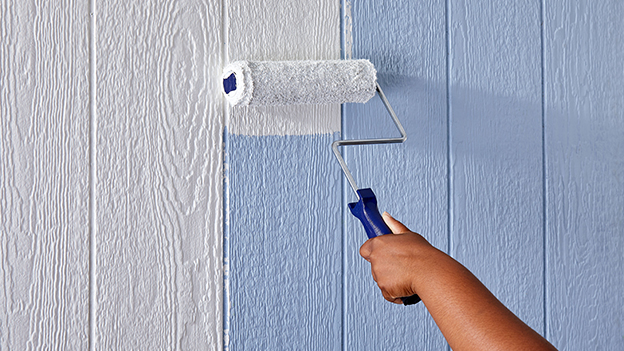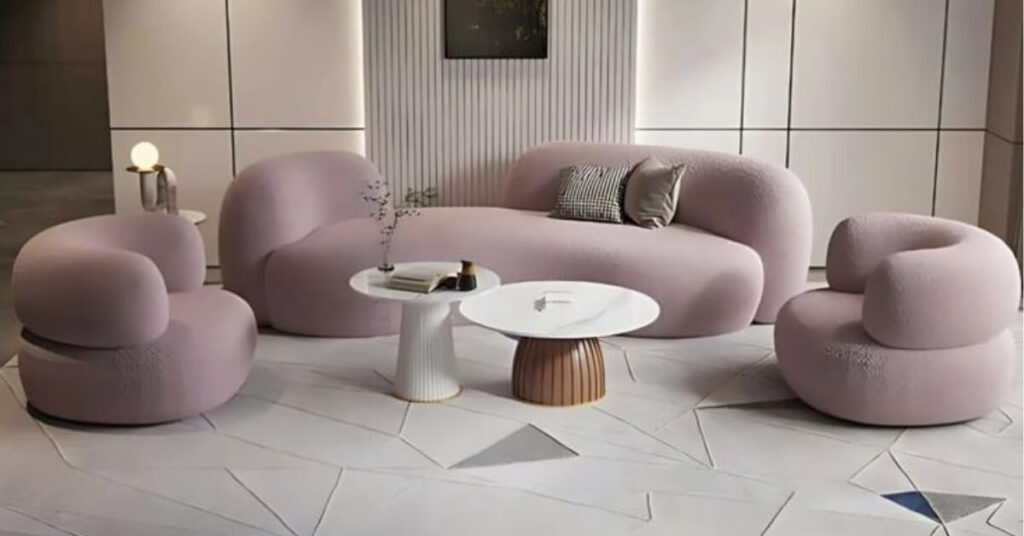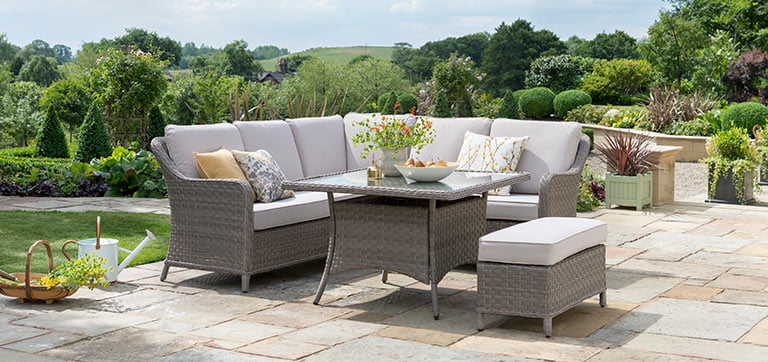As an Amazon Associate, I earn from qualifying purchases.
Thinking about giving an old piece of furniture a fresh look? You might look at the leftover paint from your last wall project and wonder, “Can I use wall paint on furniture?” It’s a common question for any DIY enthusiast looking to save time and money. While the short answer is yes, you can, there are important steps and considerations to ensure your project is a success.
Using wall paint on furniture isn’t as simple as just slapping on a coat. Furniture faces different challenges than walls, like daily wear, spills, and scuffs. To get a durable, beautiful finish, you need to prepare the surface properly and seal it correctly. Without the right prep work, you could end up with a finish that chips, peels, or stains easily, turning your quick project into a frustrating redo. This guide covers everything you need to know to use wall paint on your furniture for a lasting, professional-looking result.
Why Wall Paint Isn’t Always the Best Choice for Furniture
Before you start, it’s helpful to understand the difference between wall paint and furniture paint. Wall paints, especially latex-based ones, are formulated to cover large, flat, vertical surfaces that don’t see a lot of physical contact. They are designed to be easy to clean and resist dirt, but they are not created to withstand the constant use that furniture endures. As a result, they remain softer and more flexible, which makes them prone to scratching and scuffing when used on high-traffic items like tables, chairs, or dressers.
Furniture paint, on the other hand, is specifically engineered for durability. Products like chalk paint, milk paint, or alkyd-based enamel cure to a much harder, more resilient finish. This hardness protects the piece from dents, scratches, and daily wear. These paints also have superior adhesion properties, allowing them to stick to various surfaces—including previously finished or varnished wood—with minimal prep. While wall paint can be made to work, it requires extra steps to achieve a similar level of durability.
What Type of Wall Paint Can I Use on Furniture?
Not all wall paints are created equal, and the type you choose will significantly impact your project’s outcome. The most common types are latex (water-based) and oil-based paints. For furniture projects, a water-based latex paint is generally the better and more user-friendly option.
Latex paints are popular because they are low in volatile organic compounds (VOCs), easy to clean up with soap and water, and dry relatively quickly. When choosing a latex paint for furniture, the sheen is crucial. A semi-gloss or satin finish is highly recommended over a matte or flat finish. These higher-sheen paints contain more binders, which make them more durable and easier to wipe clean. A flat or matte finish, while popular for walls, is very porous and will show every fingerprint and scuff mark on a piece of furniture.
How to Use Wall Paint on Furniture: A Step-by-Step Guide
Successfully painting furniture with wall paint all comes down to proper preparation and sealing. By following these steps carefully, you can achieve a finish that is both beautiful and durable enough for everyday use.
Step 1: Prepare Your Workspace
Start by setting up your painting area. Choose a well-ventilated space, like a garage with the door open or an outdoor area on a calm, dry day. Lay down drop cloths to protect the floor from drips and spills. Keep all your tools and materials within easy reach to make the process smoother.
Step 2: Clean the Furniture Thoroughly
Your paint job is only as good as the surface underneath it. Begin by cleaning the furniture piece thoroughly to remove any dirt, grease, or grime. A simple mixture of warm water and mild dish soap often works well. For tougher grime, especially on kitchen pieces, use a degreaser like Trisodium Phosphate (TSP) or a TSP substitute. After cleaning, wipe the piece down with a clean, damp cloth and let it dry completely.
Step 3: Sand the Surface
Sanding is a critical step that helps the primer and paint adhere to the furniture. You don’t need to strip the old finish completely; you just need to scuff up the surface to give the paint something to grip. Use medium-grit sandpaper (around 120-150 grit) to lightly sand the entire piece. If the furniture has a glossy finish, this step is especially important. After sanding, wipe away all the dust with a tack cloth or a damp rag.
Step 4: Prime the Furniture
Primer is non-negotiable when using wall paint on furniture. It creates a stable, uniform base for your paint and, most importantly, blocks stains and tannins from bleeding through the paint. This is particularly crucial if you are painting wood that is known for bleeding, like pine or mahogany. Apply one or two thin, even coats of a quality bonding primer, such as a shellac-based or oil-based primer for the best stain-blocking power. Let the primer dry completely according to the manufacturer’s instructions.
Step 5: Apply the Wall Paint
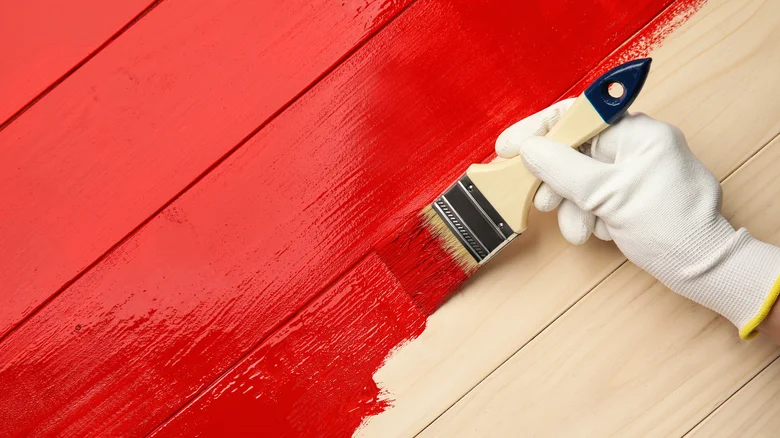
Once the primer is dry, you can begin painting. Stir your wall paint thoroughly to ensure the color is consistent. Apply the paint in thin, even coats using a high-quality brush, roller, or paint sprayer. Thin coats are better than one thick coat, as they dry faster and are less likely to drip or sag. Allow each coat to dry completely before applying the next. Two to three coats are usually sufficient for full coverage. Lightly sand with fine-grit sandpaper (220 grit) between coats for an ultra-smooth finish.
Step 6: Seal with a Top Coat
This is the most important step for ensuring the longevity of your project. A top coat protects the softer wall paint from scratches, scuffs, and water damage. A water-based polyurethane or polycrylic is an excellent choice. It dries clear, is low-odor, and won’t yellow over time like oil-based options can. Apply at least two to three thin coats of the top coat, letting it dry completely between each application. For high-traffic surfaces like tabletops or desktops, four or more coats are recommended for maximum durability.
Essential Tips for a Professional Finish
Following the steps above will set you up for success, but these additional tips can help elevate your project from good to great.
Choosing the Right Tools
Invest in good quality brushes and rollers. A high-quality angled brush is great for cutting in and painting detailed areas, while a small foam roller can provide a smooth, streak-free finish on flat surfaces. If you plan on painting a lot of furniture, a paint sprayer can be a worthwhile investment for a flawless, factory-like finish.
Allowing for Proper Cure Time
Drying and curing are two different things. While your painted furniture may feel dry to the touch within a few hours, it can take up to 30 days for the paint and top coat to fully cure and harden. During this time, be gentle with the piece. Avoid placing heavy objects on it or cleaning it with harsh chemicals.
When to Avoid Using Wall Paint
While you can use wall paint on furniture, there are times when it’s better to opt for a dedicated furniture paint. For high-use items like kitchen cabinets, dining tables, or children’s furniture, a more durable product like an alkyd enamel or a high-quality furniture paint will offer better long-term performance and require less maintenance.
The Verdict on Using Wall Paint on Furniture
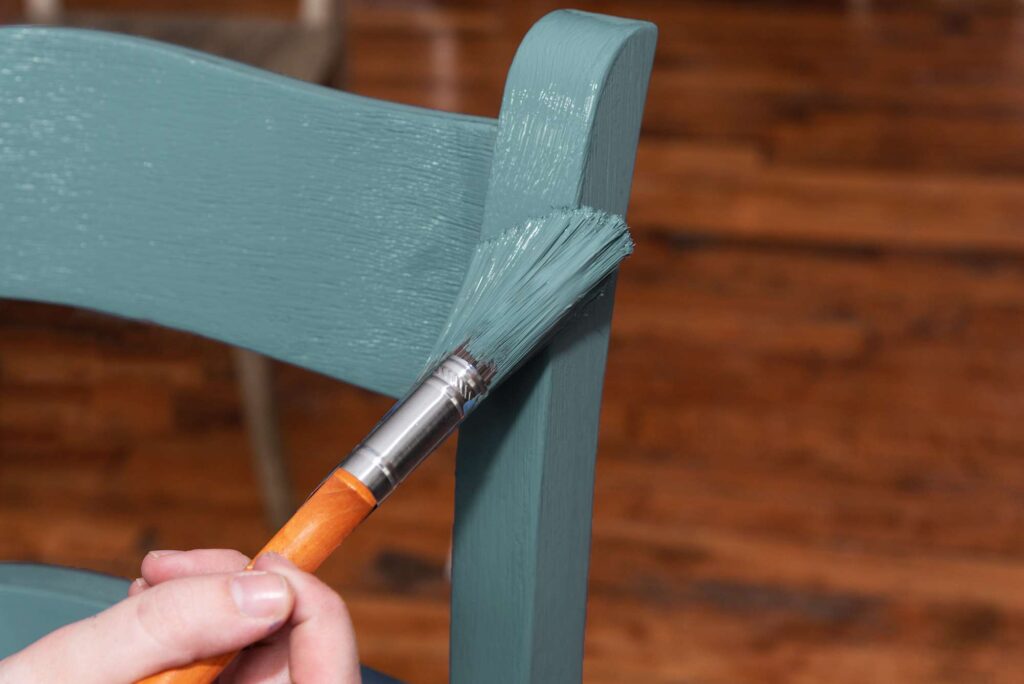
So, can you use wall paint on furniture? Absolutely. With the right preparation, paint choice, and a durable top coat, you can successfully transform a piece of furniture using leftover wall paint. This approach is a fantastic way to save money and reduce waste while giving your old furniture a new lease on life.
However, it’s important to remember that this method requires more effort than using a paint specifically designed for furniture. If you’re looking for a quicker project with fewer steps, investing in a good quality chalk paint or milk paint might be the better choice. Ultimately, the decision depends on your budget, timeline, and how much wear and tear the piece will endure. By following the guidance in this post, you are well-equipped to make the right choice for your next DIY project.
Frequently Asked Questions
1. Can I use matte wall paint on furniture?
Yes, you can use matte wall paint on furniture, but you must apply several coats of a durable top coat, like polyurethane, to protect it. Matte paint is very porous and not durable on its own, so it will scuff and stain easily without a protective sealer.
2. What is the best top coat for wall paint on furniture?
The best top coat is a water-based polyurethane or polycrylic. These products provide excellent durability, dry clear without yellowing, and have low odor, making them ideal for sealing wall paint on furniture.
3. Do I need to sand furniture before using wall paint?
Yes, sanding is a crucial step. A light sanding scuffs up the surface, which helps the primer and paint adhere properly, ensuring a more durable and long-lasting finish.
4. How long does it take for wall paint on furniture to cure?
While the paint may feel dry to the touch in a few hours, it can take up to 30 days for both the paint and the top coat to fully cure and reach maximum hardness. Be gentle with the furniture during this period.
5. Can I use wall paint on outdoor furniture?
No, it is not recommended to use interior wall paint on outdoor furniture. Interior paints are not formulated to withstand exposure to UV rays, moisture, and temperature fluctuations, and they will quickly peel, fade, and degrade.
As an Amazon Associate, I earn from qualifying purchases.
